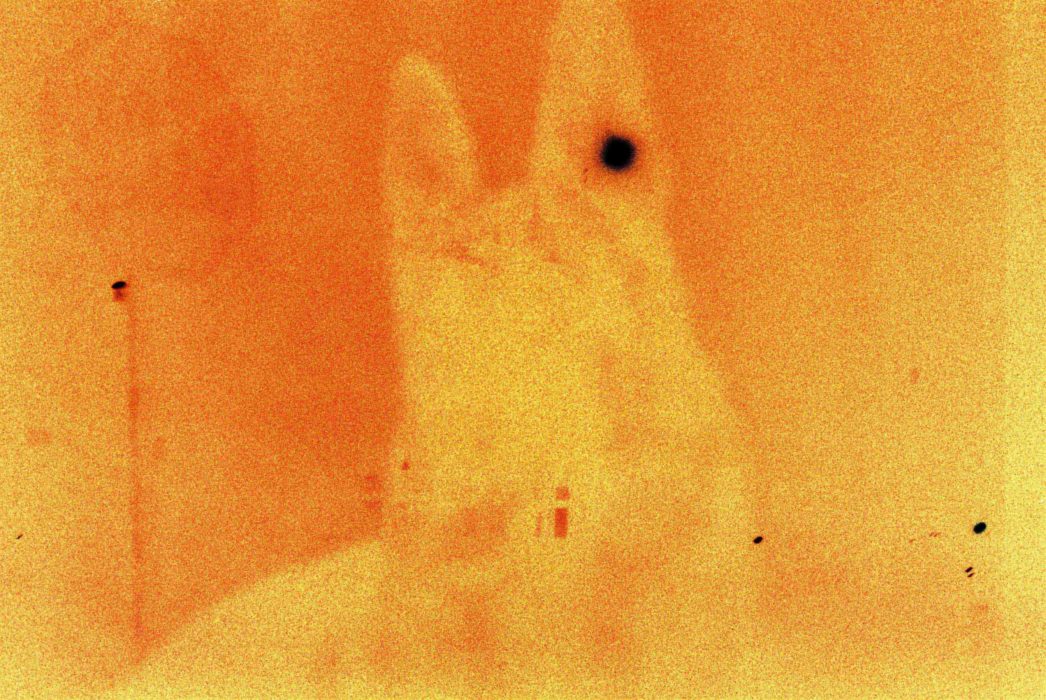
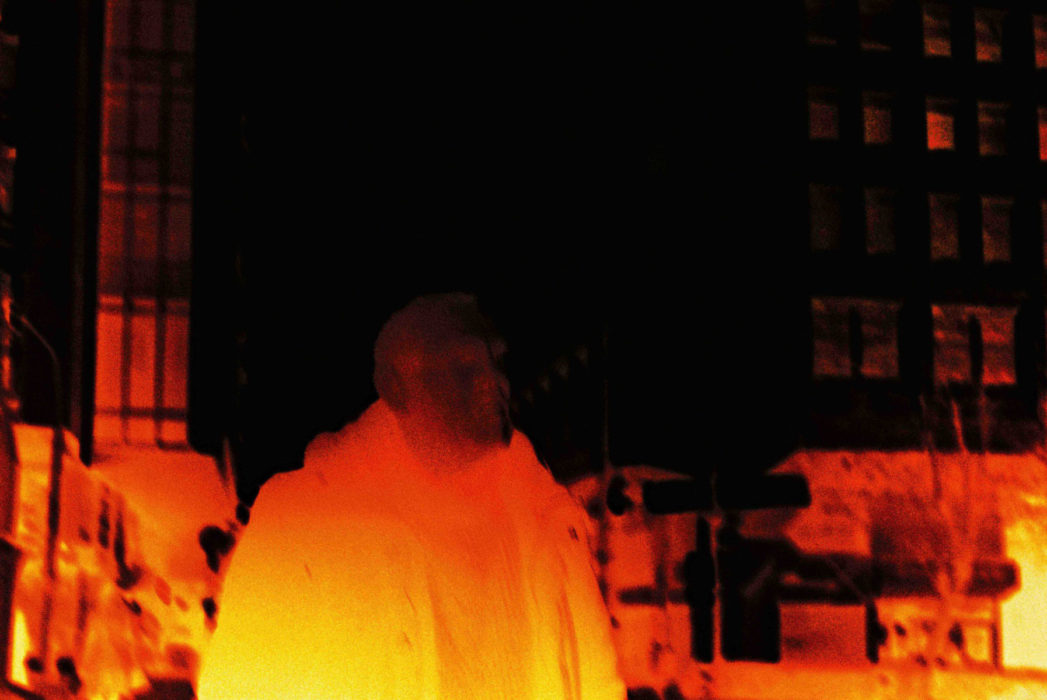
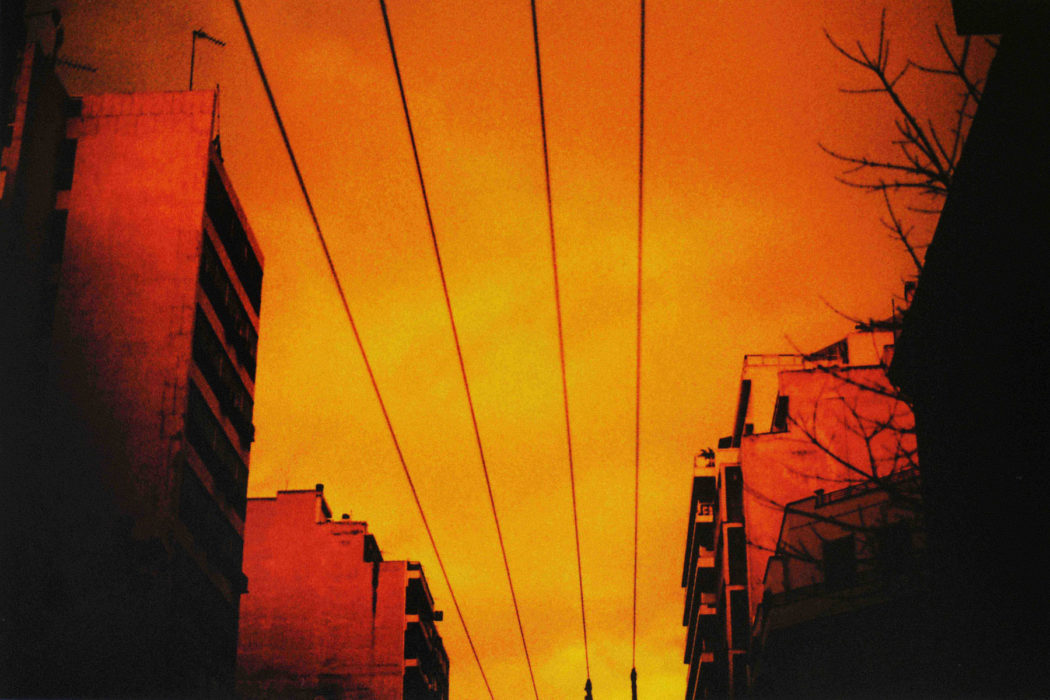
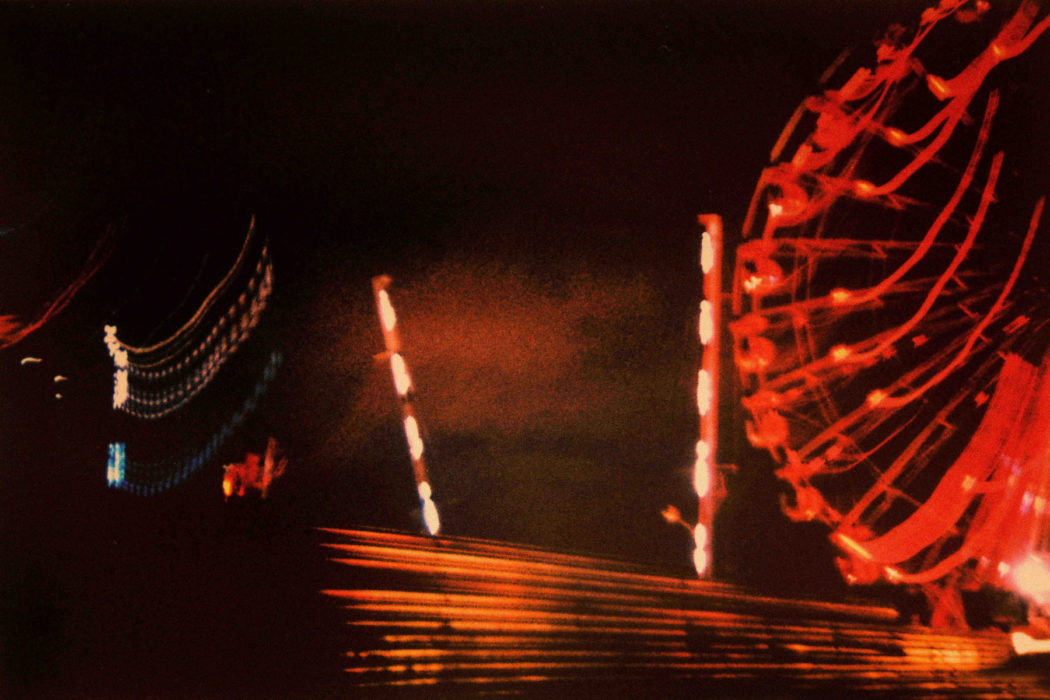

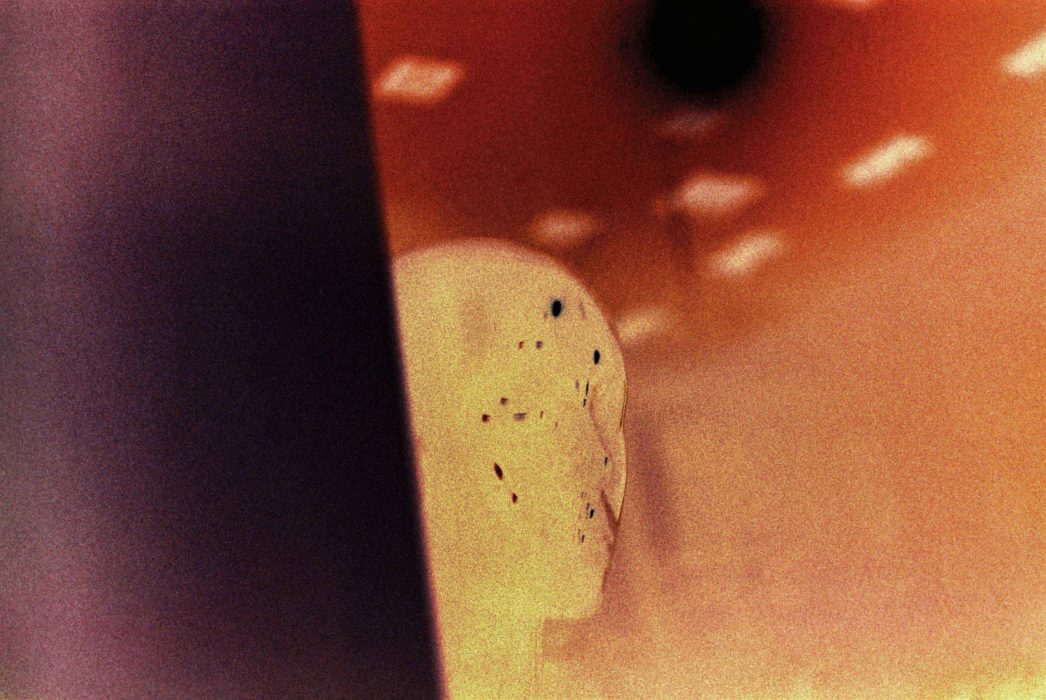
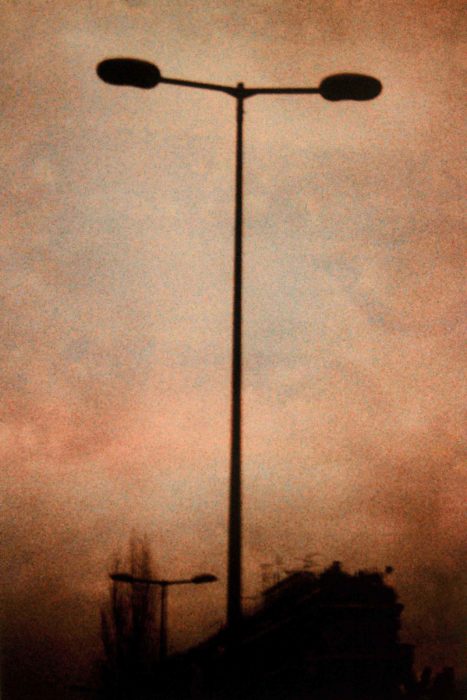
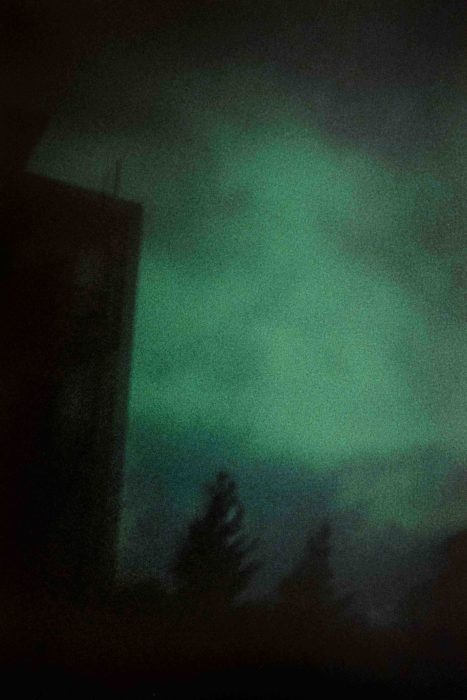
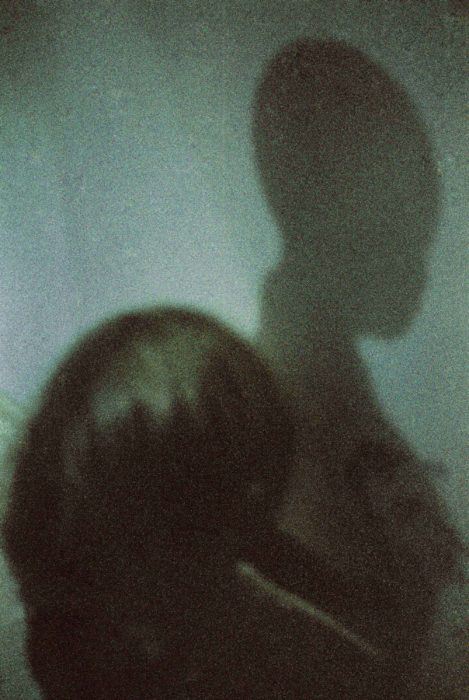
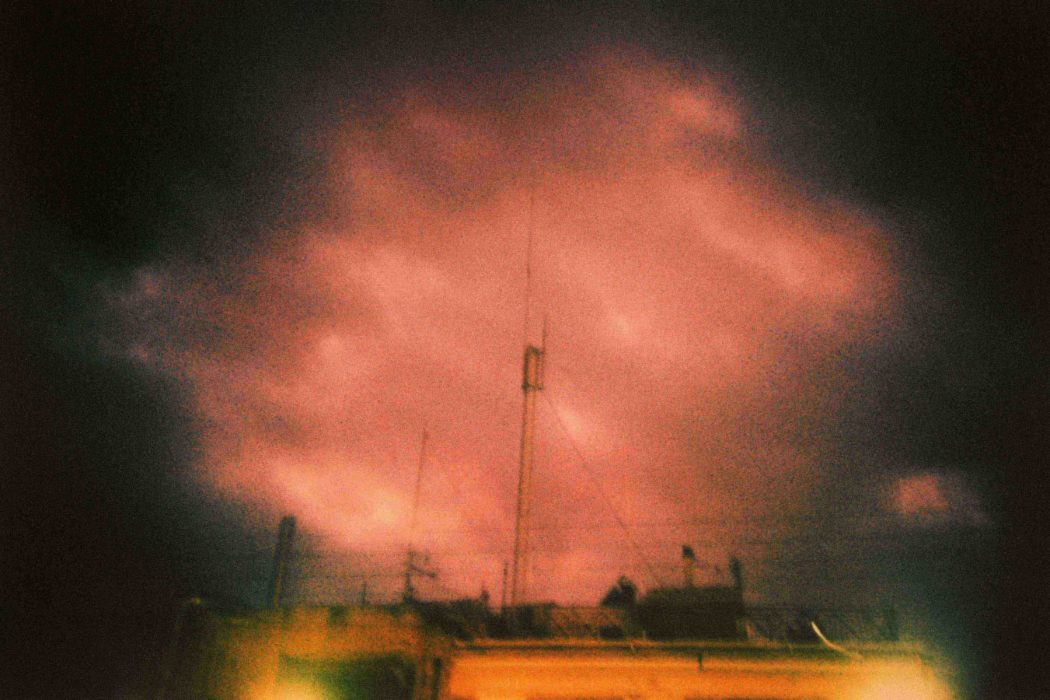


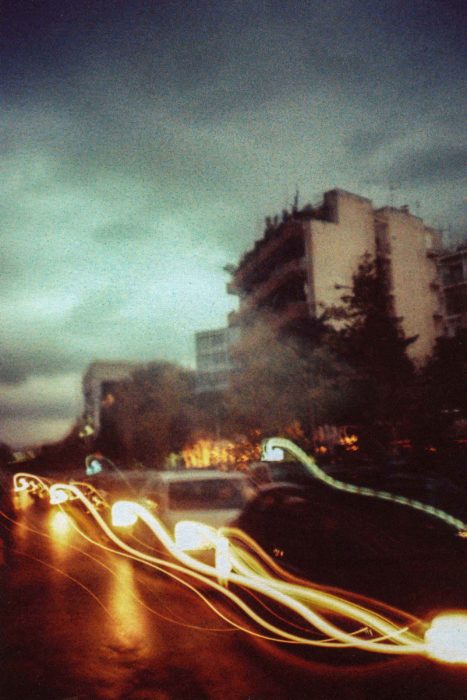
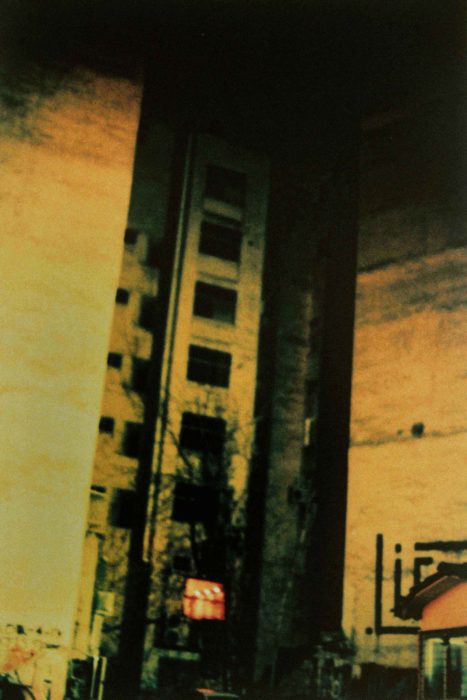



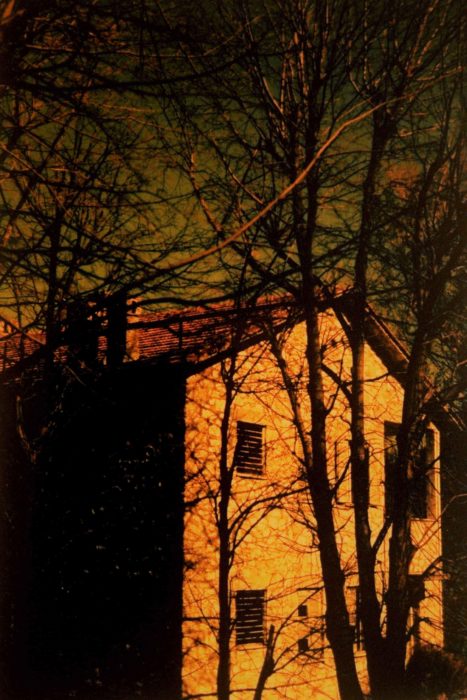

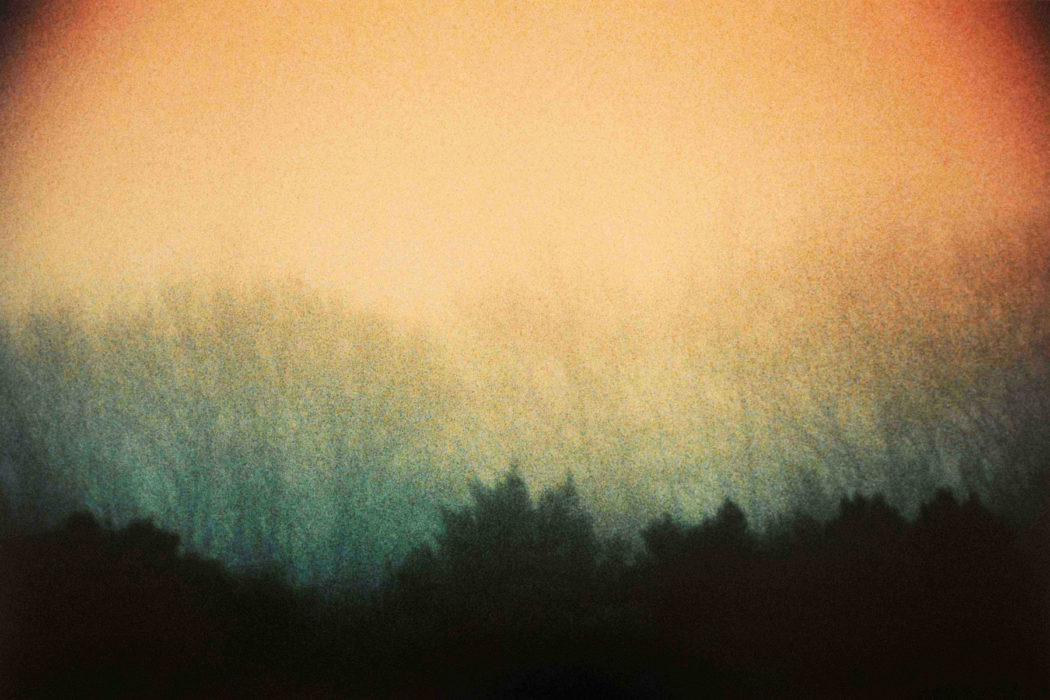

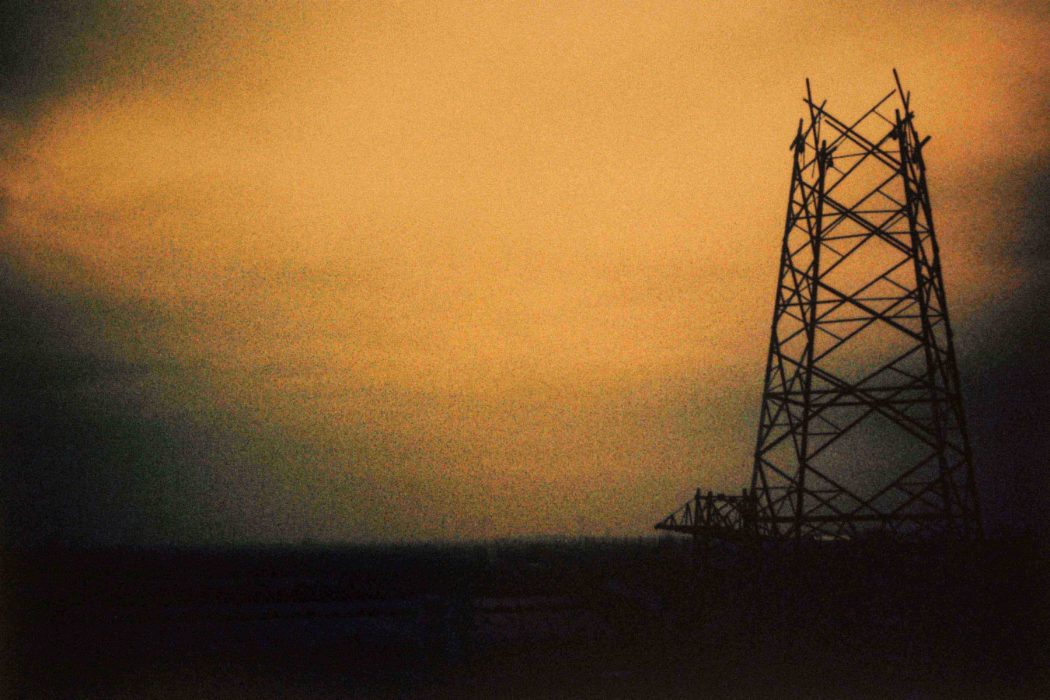
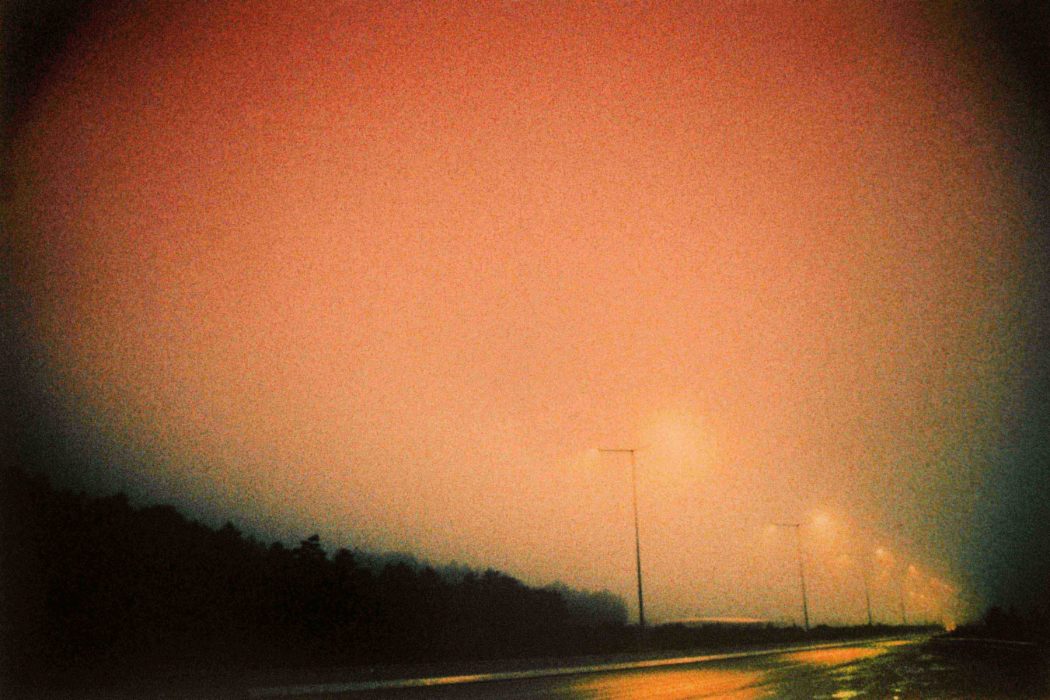
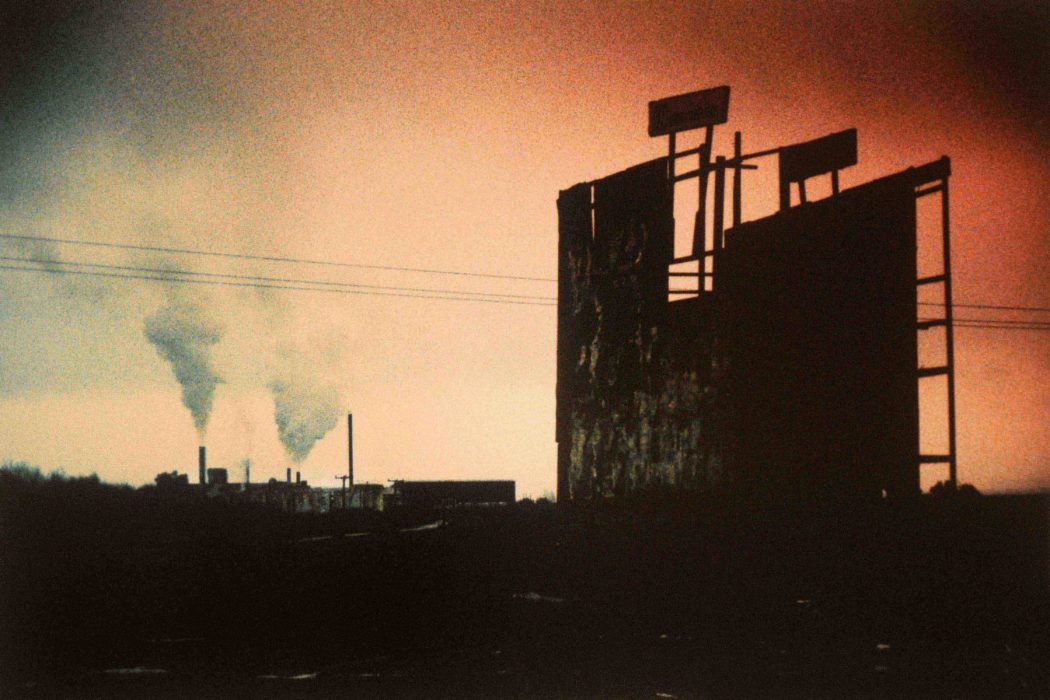



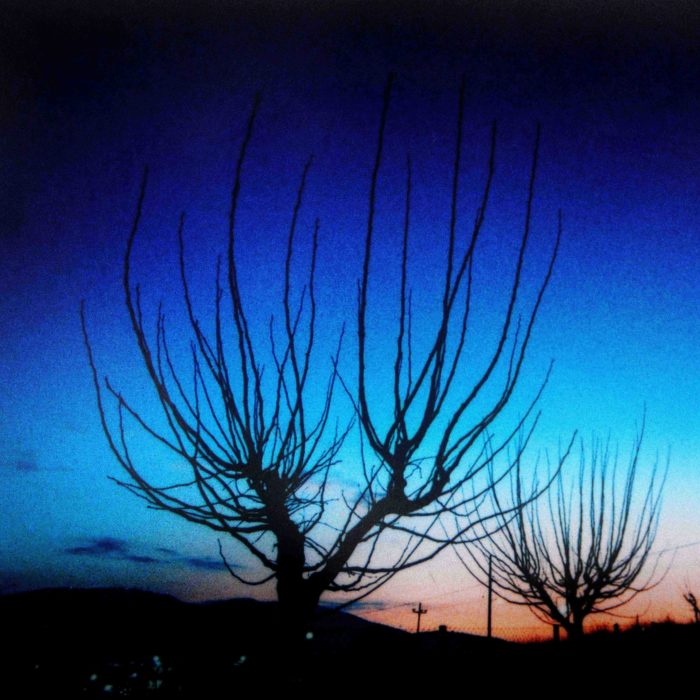

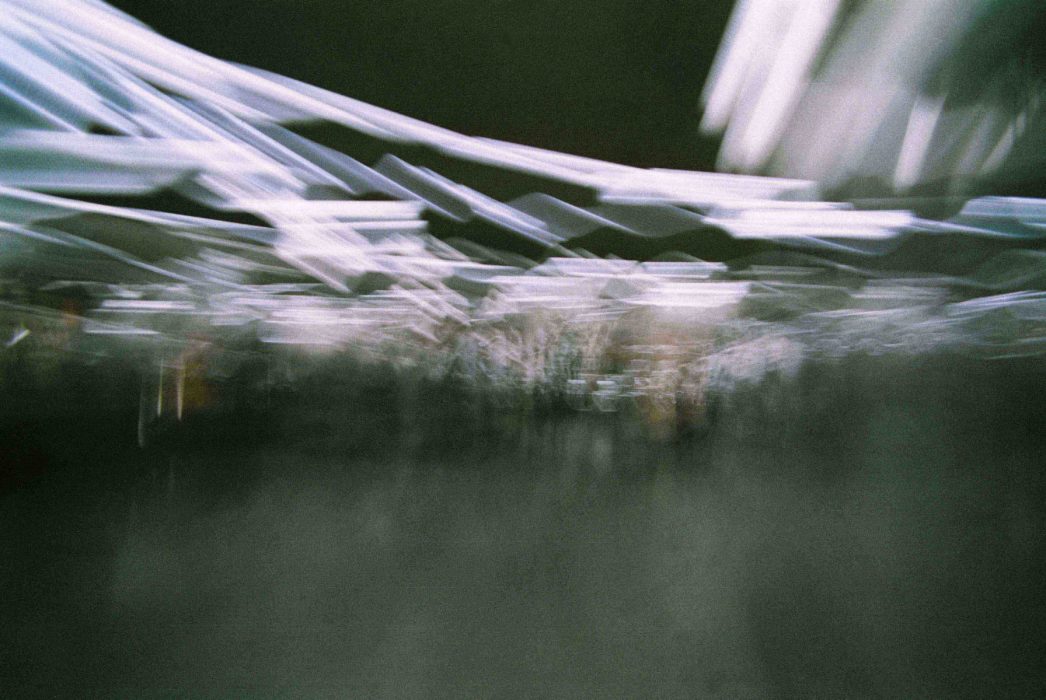
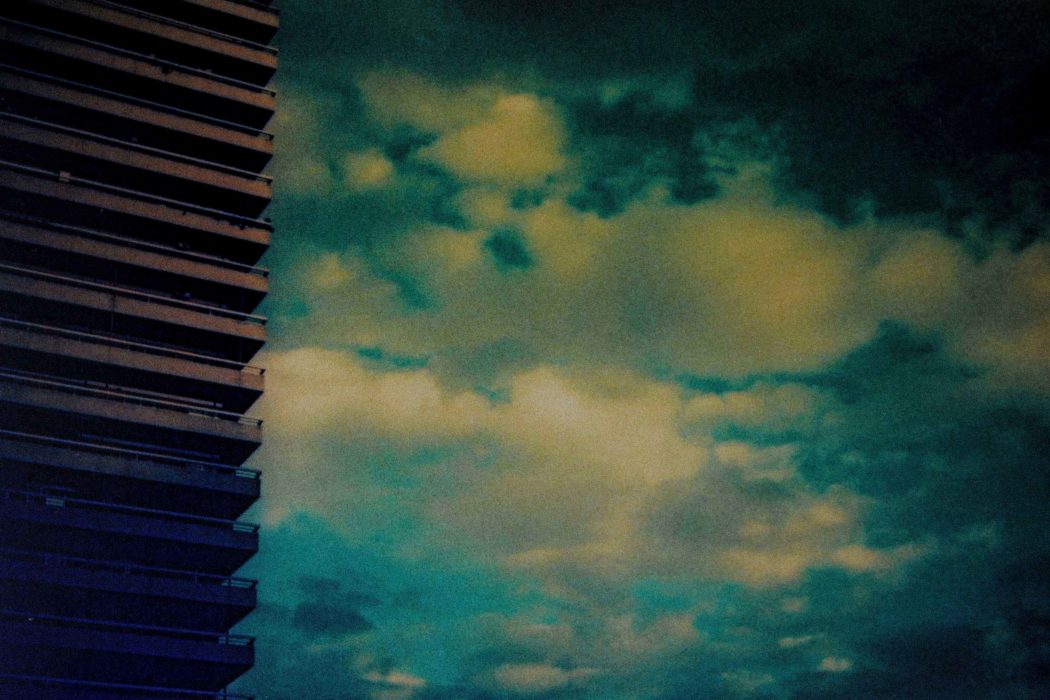

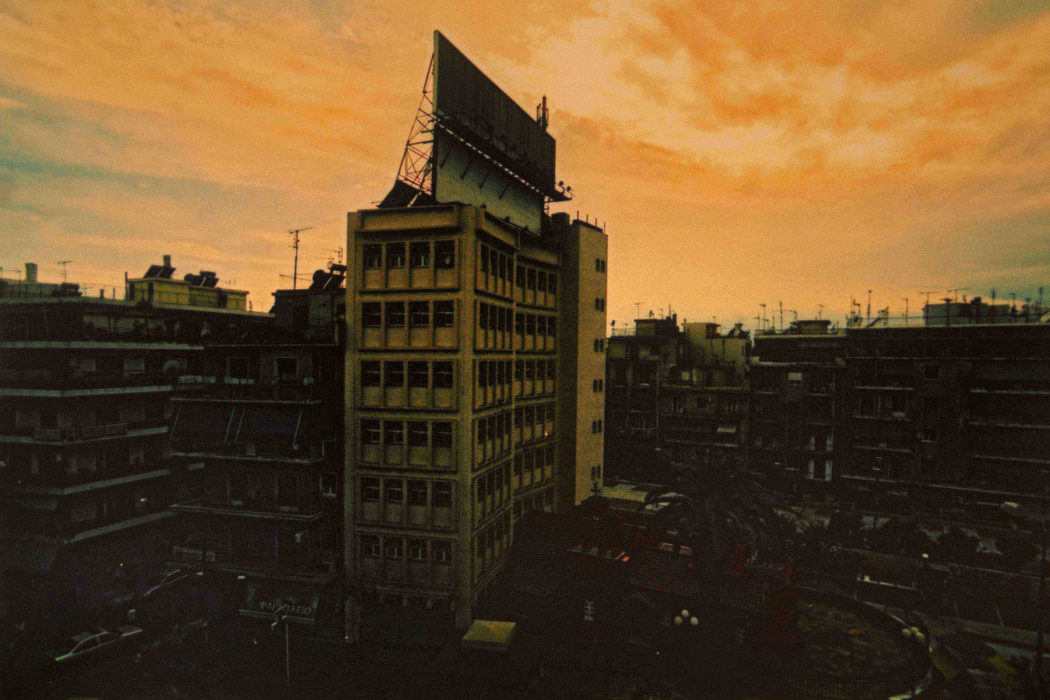


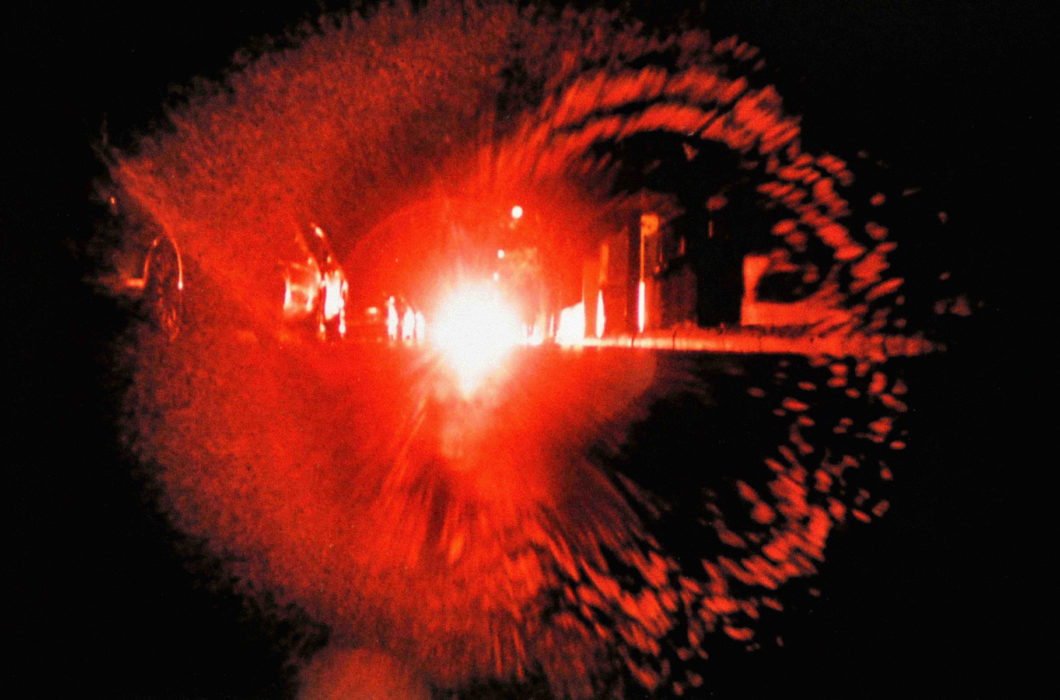
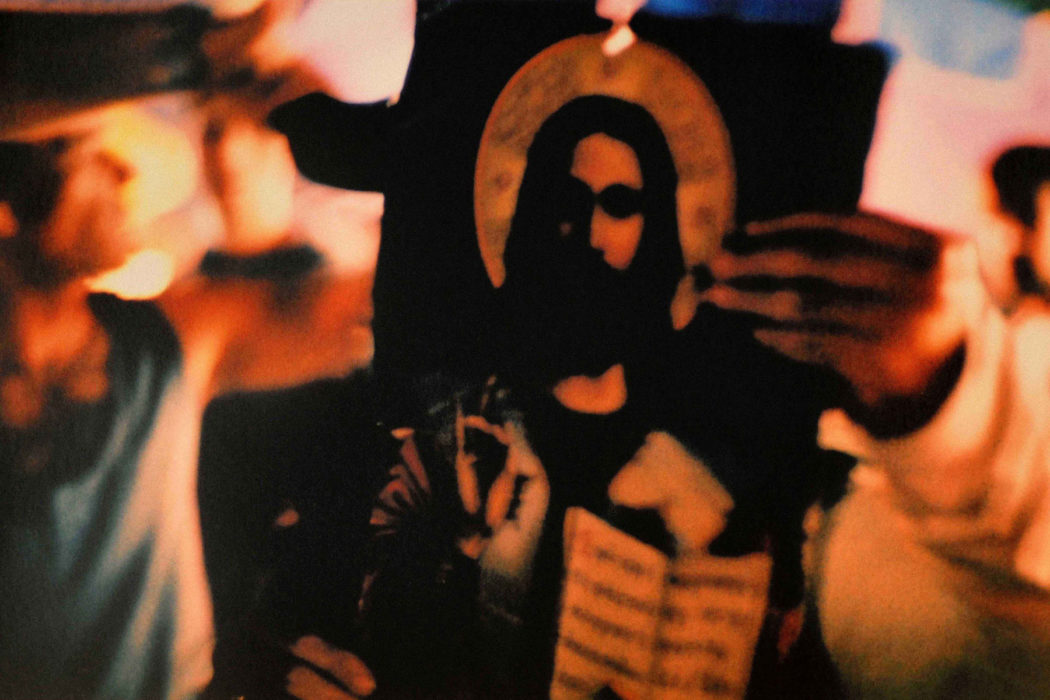
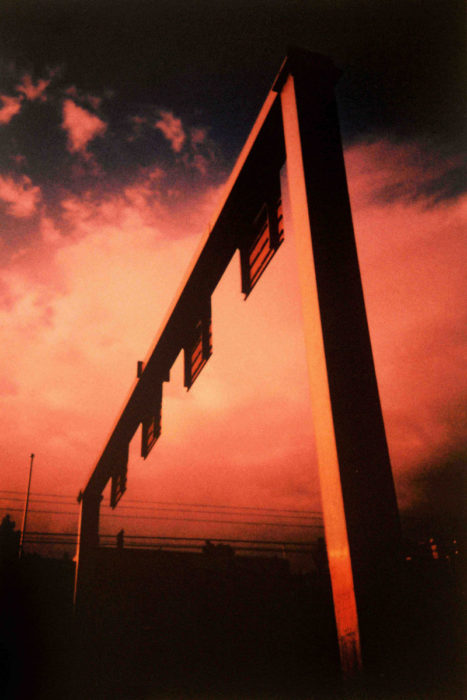

Are our dreams some sort of defragment? How this random reconstruction of images and information visualises so many discordant elements in such an effective way?
I have always been intrigued by the influence of dreams and all the surrealistic projections of our subconscious. After a long period of sleeping disorder, due to obstructive sleep apnea, which was complemented by intense dreaming, I began to study them. Not because I wanted to explain them, but in order to re-experience them through the photographic process.
Rapid Eye Movement is the result of those attempts. My goal was to shoot at least one picture every day, which would be a reference to the dream I had the previous night. I used 35mm compact film cameras, with at least 10-years expired films, which I then cross-processed and added more distortion myself. Consequently, the final images are –in some sense– random. The photographs were taken between 2009 and 2017.
Are our dreams some sort of defragment? How this random reconstruction of images and information visualises so many discordant elements in such an effective way?
I have always been intrigued by the influence of dreams and all the surrealistic projections of our subconscious. After a long period of sleeping disorder, due to obstructive sleep apnea, which was complemented by intense dreaming, I began to study them. Not because I wanted to explain them, but in order to re-experience them through the photographic process.
Rapid Eye Movement is the result of those attempts. My goal was to shoot at least one picture every day, which would be a reference to the dream I had the previous night. I used 35mm compact film cameras, with at least 10-years expired films, which I then cross-processed and added more distortion myself. Consequently, the final images are –in some sense– random. The photographs were taken between 2009 and 2017.